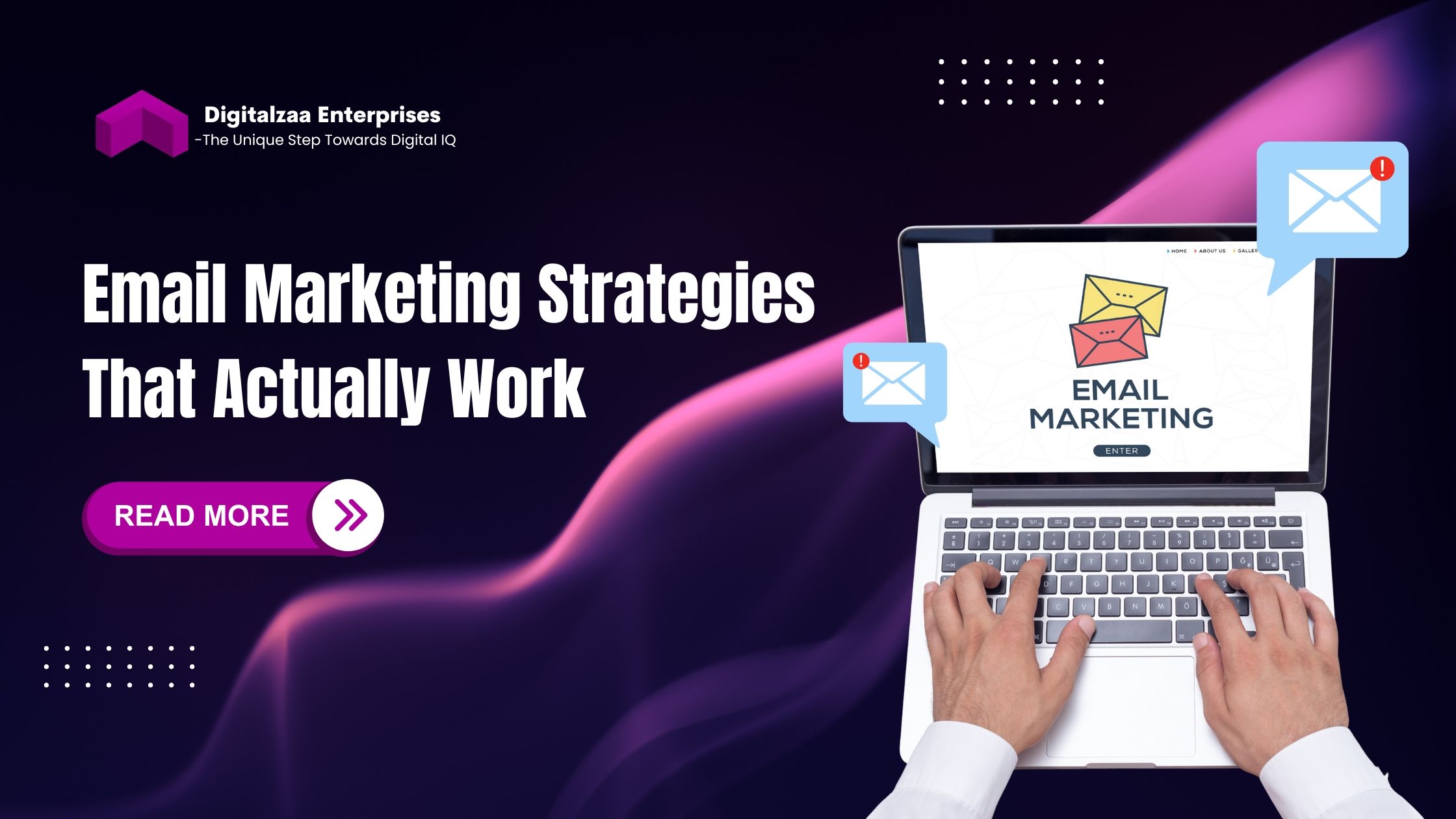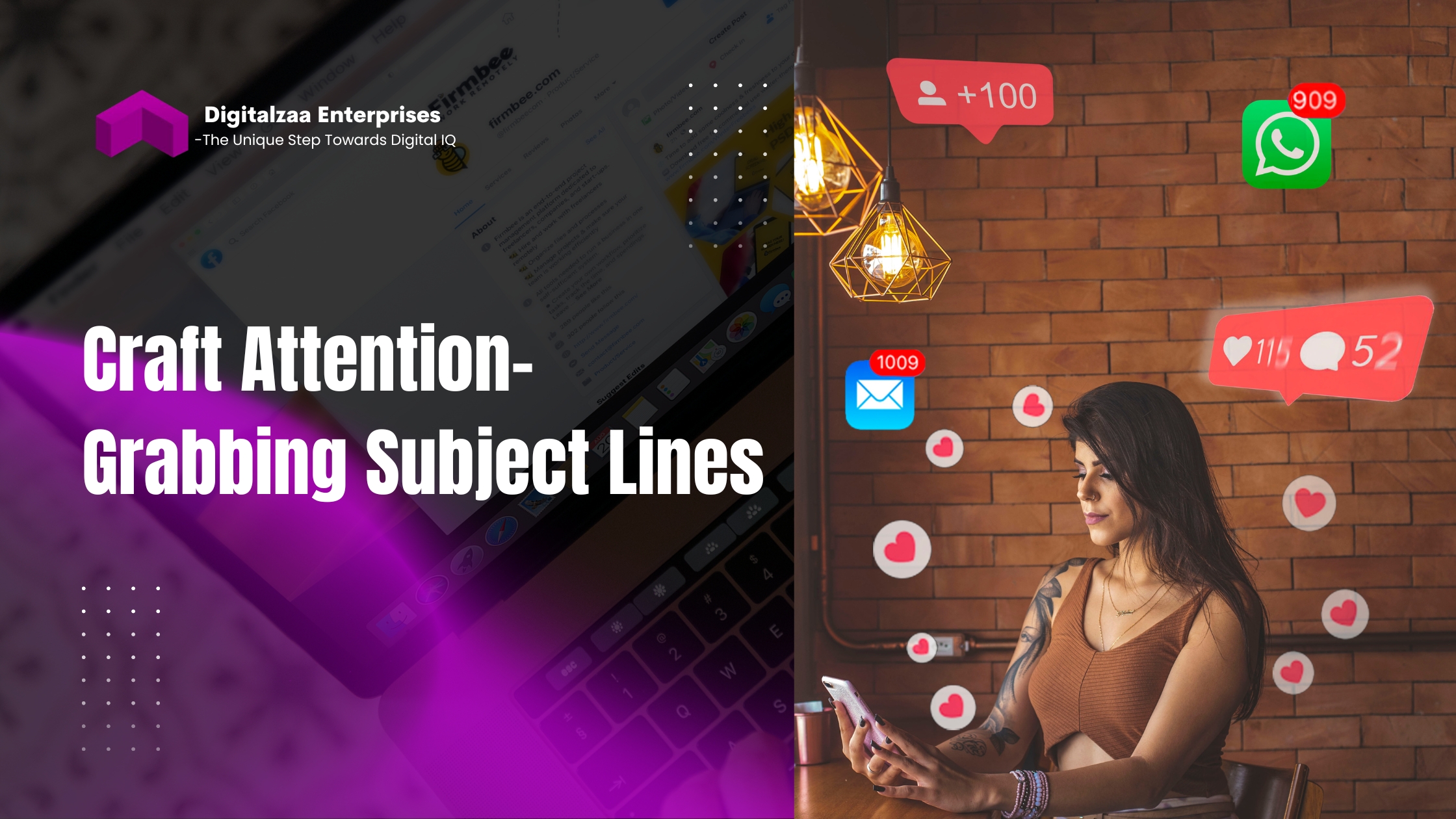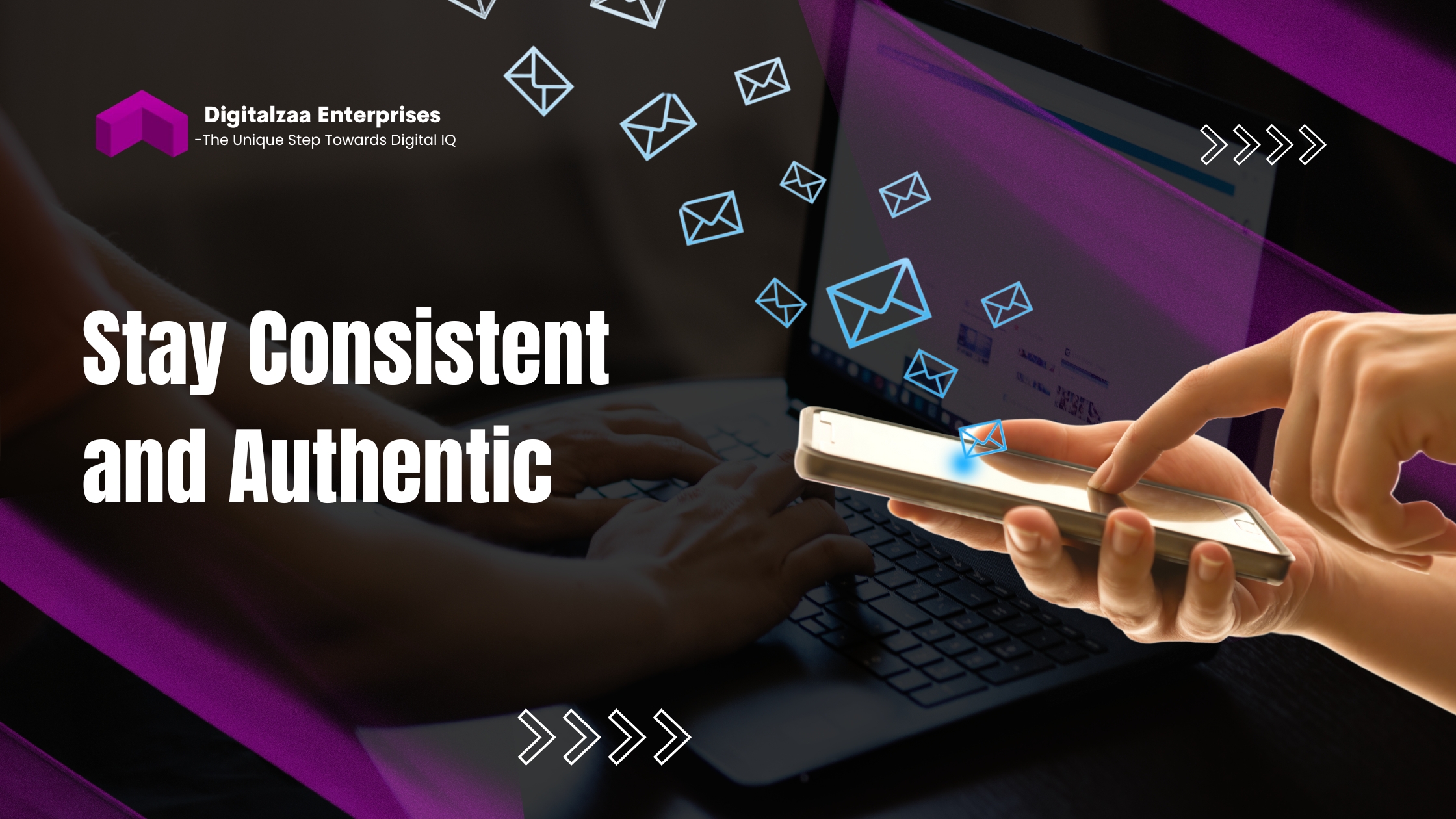Email Marketing Strategies That Actually Work

In the world of digital marketing, email marketing remains one of the most powerful, cost-effective, and reliable strategies for generating leads and driving consistent business growth. Despite the rise of social media and AI-powered advertising, email continues to offer unmatched ROI — with every dollar spent bringing back an average of $36 in return.
However, not all email campaigns perform equally well. Many marketers still struggle with low open rates, poor engagement, and minimal conversions. The difference between a failing campaign and a high-performing one often comes down to using email marketing strategies that actually work — the kind that builds relationships, nurtures trust, and turns subscribers into loyal customers.
In this detailed guide, you’ll learn how to design an email marketing system that generates leads, builds credibility, and boosts sales while keeping your audience genuinely interested.
💡 1. Understand Your Audience Before You Hit “Send”
Every successful email marketing campaign starts with understanding your audience. Before you send a single email, ask yourself:
- Who am I writing to?
- What are their goals, struggles, and motivations?
- What kind of information do they find valuable?
Creating a buyer persona helps you understand what tone, message, and content your audience prefers. When your emails reflect a clear understanding of their needs, subscribers feel seen and valued — making them more likely to open and engage.
📌 Tip: Use surveys, social media polls, or sign-up form questions to collect insights about your audience’s preferences.
✉️ 2. Craft Attention-Grabbing Subject Lines

Your subject line determines whether your email gets opened or ignored. Think of it as your digital handshake — it’s your first impression, and it needs to be strong.
Here’s what makes a great subject line:
- Be clear and concise: Avoid overly complex language.
- Create curiosity: Use words that make readers want to learn more.
- Add personalization: Mention their name or specific interest.
- Use numbers or power words: Example — “5 Proven Steps to Boost Your Sales.”
🧠 3. Segment Your Email List
Segmentation is one of the most overlooked yet powerful email marketing strategies. Not all subscribers are at the same stage of their journey — some may be discovering your brand, while others are ready to buy.
By segmenting your email list, you can send personalized messages to specific groups based on behavior, demographics, or purchase history.
Common segmentation categories include:
- New subscribers (welcome emails)
- Frequent buyers (loyalty offers)
- Inactive users (re-engagement campaigns)
- Location-based segmentation (events or local deals)
📌 Tool Tip: Platforms like ActiveCampaign, ConvertKit, or Mailchimp make segmentation simple and automatic.
⚙️ 4. Automate Your Email Marketing System
A strong business system for lead generation should include automation. With automation, you can create pre-set email sequences that nurture leads over time — saving hours of manual effort.
Some essential automated sequences include:
- Welcome Series: Introduce your brand and set expectations.
- Lead Nurture Series: Educate and build trust through helpful content.
- Sales Sequence: Promote your products or services with urgency.
- Re-engagement Sequence: Win back inactive subscribers.
📊 5. Provide Real Value in Every Email
The secret to long-term email marketing success is consistency in delivering value. If your subscribers open every email and find it useful, they’ll look forward to your next one.
Here’s how to ensure your emails are valuable:
- Share quick, actionable tips.
- Include relevant tools, guides, or case studies.
- Tell short, engaging stories that connect emotionally.
- Avoid overselling — make every email informative first.
A good rule of thumb is to use the 80/20 rule — 80% value, 20% promotion. This builds trust and positions you as an expert rather than a salesperson.
📸 6. Design for Readability and Mobile Optimization
With most users checking emails on their phones, your emails must be mobile-friendly and visually appealing.
Design principles to follow:
- Use short paragraphs and bullet points for easy reading.
- Choose a clean and minimal layout.
- Include a clear call-to-action (CTA) button.
- Use responsive templates that adjust automatically to screen size.
📌 Design Tip: Tools like Canva or BeeFree.io offer pre-designed email templates that look professional and convert better.
📈 7. Test, Analyze, and Optimize Your Campaigns
The most successful email marketers treat every campaign as an experiment. Testing and tracking performance is how you continuously improve results.
Key metrics to monitor:
- Open Rate: Measures how many people open your email.
- Click-Through Rate (CTR): Tracks how many people clicked your links.
- Conversion Rate: Determines how many subscribers took action.
- Unsubscribe Rate: Indicates how relevant your content is.
Run A/B tests on:
- Subject lines
- Email length
- CTA button colors
- Send times
By analyzing what works, you can refine your email marketing strategy into a powerful, predictable lead generation system.
🔄 8. Integrate Email with Your Sales Funnel
Email marketing doesn’t work in isolation — it should integrate seamlessly with your lead generation funnel. Every email should have a purpose that moves your subscriber one step closer to becoming a paying customer.
Here’s how the process typically works:
- A visitor signs up for your lead magnet (eBook, webinar, or guide).
- They receive a welcome series that introduces your brand.
- Over time, nurturing emails provide value and build trust.
- When they’re ready, you present your offer with a compelling CTA.
- Automated follow-ups handle objections and close the sale.
📌 Pro Tip: Use CRM tools like HubSpot or Zoho to track leads and connect your email campaigns with your sales process.
🧩 9. Leverage Personalization and Behavioral Triggers
Modern email marketing allows you to send highly personalized messages triggered by user behavior. This creates a sense of connection and timeliness that generic mass emails can’t achieve.
🚀 10. Stay Consistent and Authentic

Consistency builds familiarity, and familiarity builds trust. Send emails regularly — weekly or bi-weekly — so your subscribers know when to expect you.
Keep your tone authentic and conversational, just like writing to a friend. Avoid corporate jargon and focus on being relatable and honest.
Your subscribers will appreciate genuine communication more than polished marketing talk.
🔗 Conclusion:
Building an effective email marketing system is more than just sending newsletters — it’s about designing a structured process that attracts leads, nurtures them, and converts them into customers.
By understanding your audience, crafting irresistible subject lines, segmenting lists, and automating your email sequences, you create a self-sustaining system that works 24/7. Each email you send builds trust, drives engagement, and strengthens your business foundation.
The power of email lies in consistency, personalization, and automation. Once you master these principles, your business can thrive with minimal manual effort — turning every subscriber into a potential long-term client.
👉 Ready to build your lead generation engine through email marketing?
Check out this detailed visual guide and get inspired by exploring the Pinterest Pin here:
Click to view the Pin and start applying these strategies today!


